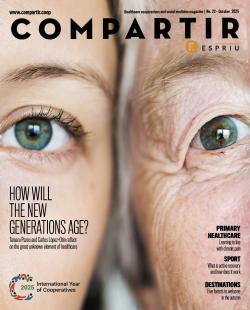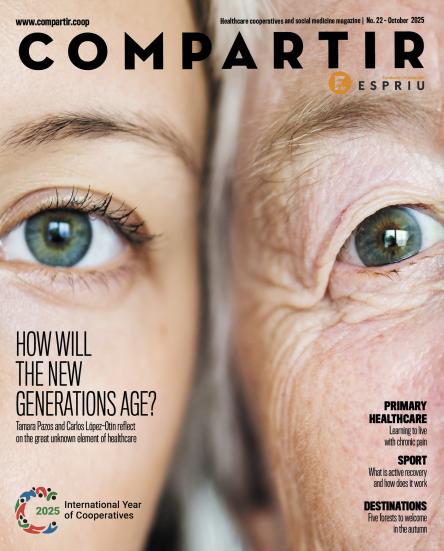
What is plastic surgery?
Over the past ten years, plastic surgery operations have increased by 215%. In spite of the increase in the demand, this speciality continues to be a great unknown for the general population.
The term plastic, which comes from the Greek word plastikos, alludes to the action of shaping. The speciality of plastic surgery, therefore, is considered to be a generalised name for the discipline aimed at reshaping the tissues of the human body. It dates back to the beginning of the 19th century, when a German study written by Karl Ferdinand von Gräfe mentioned the term in his work on nasal reconstruction techniques based on Indian and Italian methods. Their research established the foundations of plastic surgery in Europe, which a century later would be divided up into two large sub-categories: reparative and cosmetic surgery.
Reparative medicine vs. cosmetic medicine
In general, while reparative medicine seeks to restore the function and appearance of congenital malformations or accidents, while cosmetic surgery focuses on improving the appearance without any medical need. At present, however, the limits of these two sub-specialities have merged, as often a cosmetic operation can also have functional benefits and vice versa. “A clear example is a rhinoplasty, which can be carried out both to improve facial harmony and to correct respiratory problems. The same occurs with breast surgery, where a breast reduction can improve aesthetics and it can also alleviate back problems,” Doctor Mario Secorun, a plastic surgeon at HLA Clínica Montpellier affirms.
The aim of plastic surgery is and has always been to improve the patient’s quality of life, be this functionally, aesthetically or psychologically. The debate, therefore, is rather a bureaucratic one: while reconstructive surgery is considered to be a public service, cosmetic surgery is practiced in private centres. In light of this division, the clinics carry out a categorisation in which the personalised treatment is key: “Plastic surgery must be recommended when there is a clear, realistic indication, after an exhaustive medical evaluation. In the case of cosmetic surgery, it is essential for the patient to have realistic expectations and to ensure that the operation is carried out for personal reasons and not due to external pressure,” Secorun explains.
“Tweaks”, a rising trend in plastic surgery
According to data from the SECPRE (Spanish Society of Reparative and Cosmetic Plastic Surgery), in Spain over 200,000 cosmetic operations are carried out every year. Of these, 85% are carried out on women and 15% on men, although an increase in the interest by men has occurred, as well as by young people in general. While women, above all, demand breast enlargement surgeries and liposuctions, amongst men blepharoplasty or eyelid surgery, rhinoplasty or gynecomastia all stand out.
The increase in demand responds to many factors, such as the development of new, less invasive techniques with shorter recovery times and the normalisation of this type of operation in the social environment. This increase, however, has also brought some alarming data with it: around 50% of cosmetic operations are not carried out by plastic surgeons. “Currently patients are completely unprotected in a situation like this. We are working on a series of legal modifications, particularly using the Sara Law as a starting point, which has allowed us to limit which types of cosmetic surgery can be carried out by each specialist, a necessary point to pursue professional intrusion,” Valentín Yuste, a surgeon from the Clínica Montpellier indicates. Yuste, who is also a member of the Spanish National Cosmetic and Reparative Plastic Surgery Commission, affirms that they are increasingly more meticulous in the preparation of exams and reviewing of qualifications by the people who apply to exercise the speciality in Spain.
A commitment to health
Meanwhile, as both doctors mentioned, it is essential for this demand to be managed ethically and responsibly, avoiding passing trends or unnecessary operations that could compromise the patient’s health. To do this, a process that includes an initial consultation in which the patient’s clinical notes are evaluated, as well as a physical examination and an analysis of their expectations are essential factors. “It is important to guarantee that there is no external pressure. I particularly like to have an unhurried conversation with the patient in which I ask them to describe what the problem is, because this gives me a great deal of information about this person’s view of their reality,”




